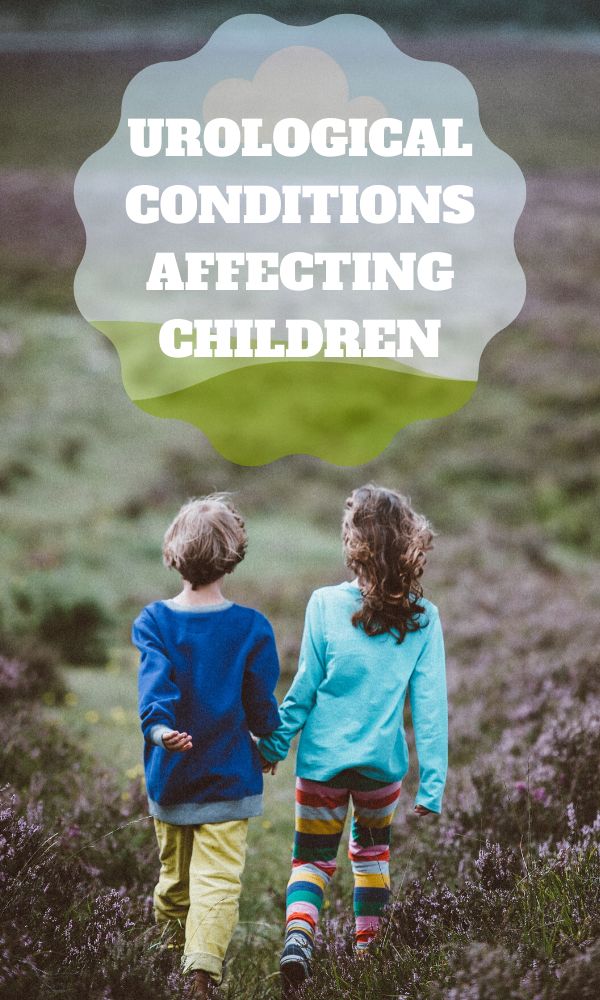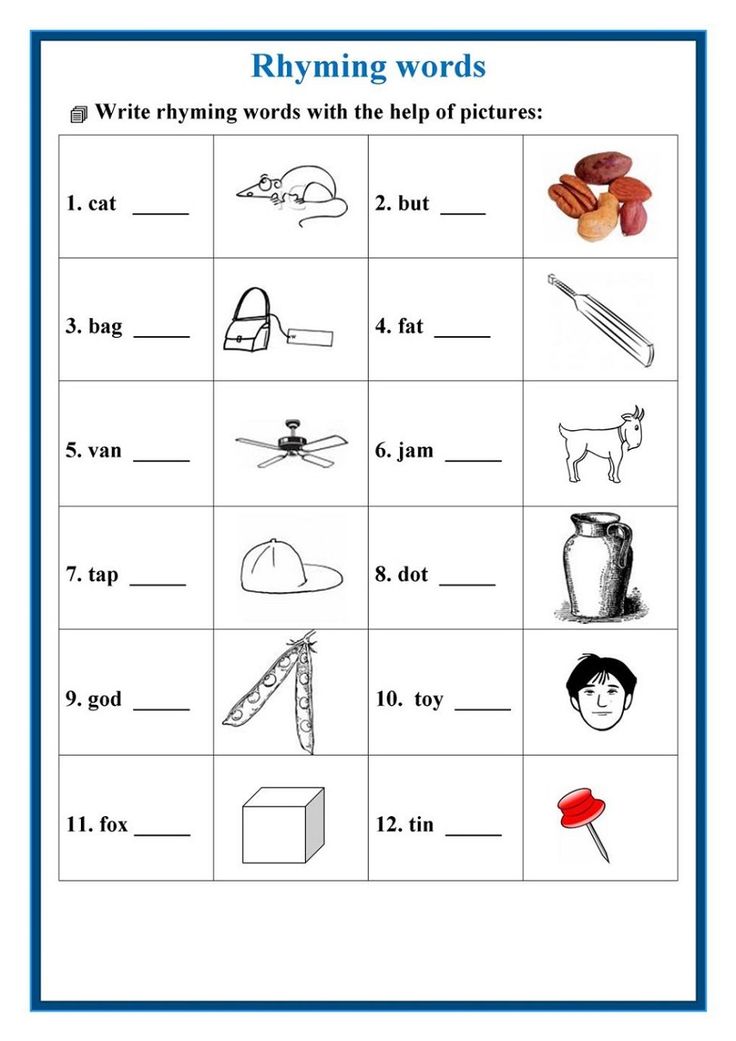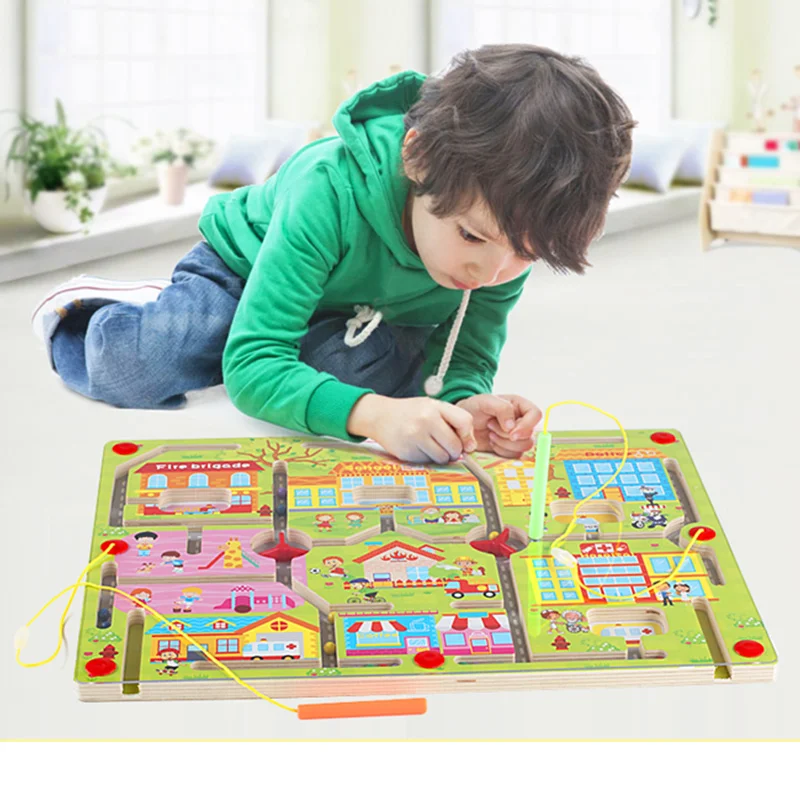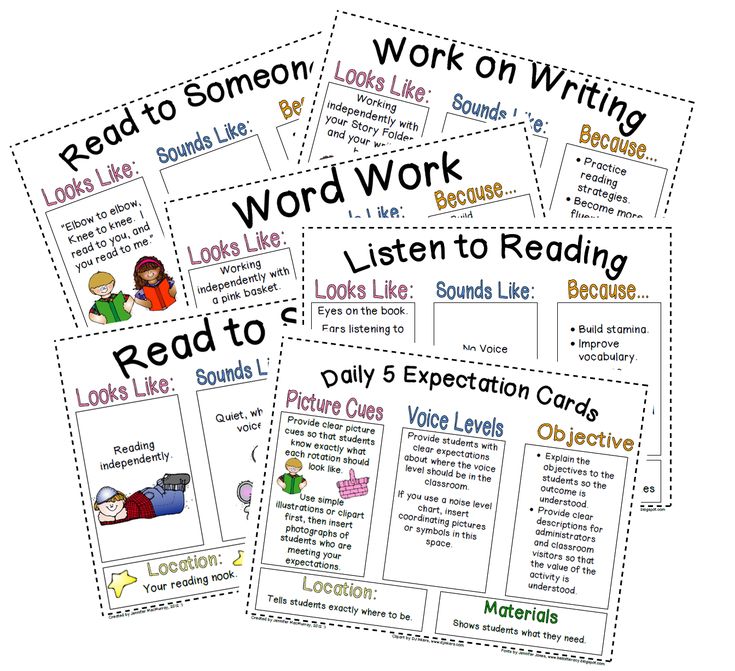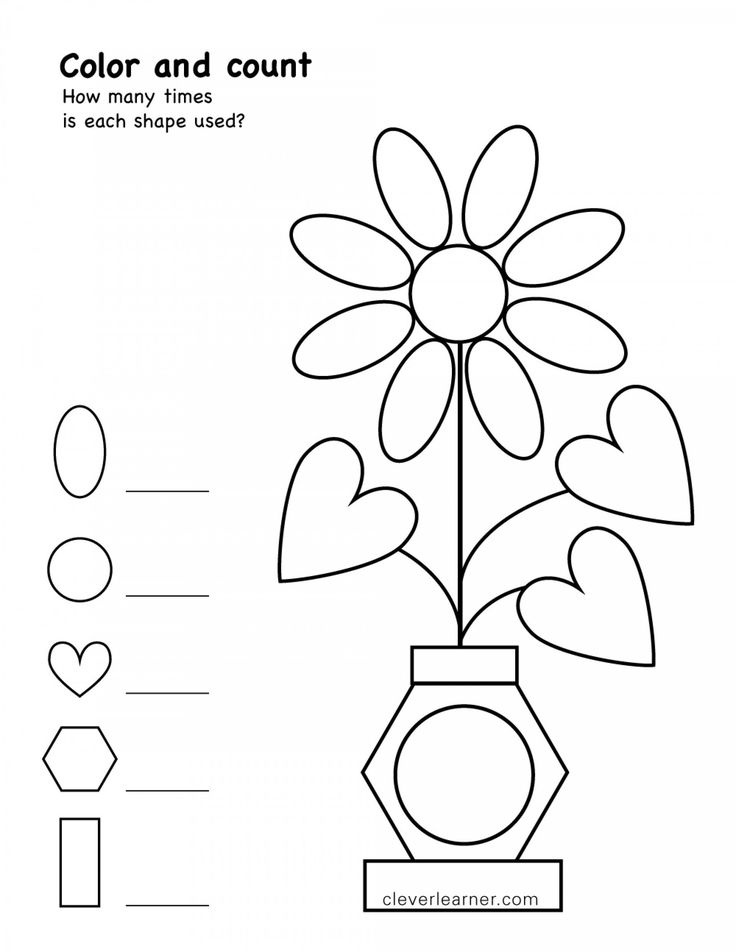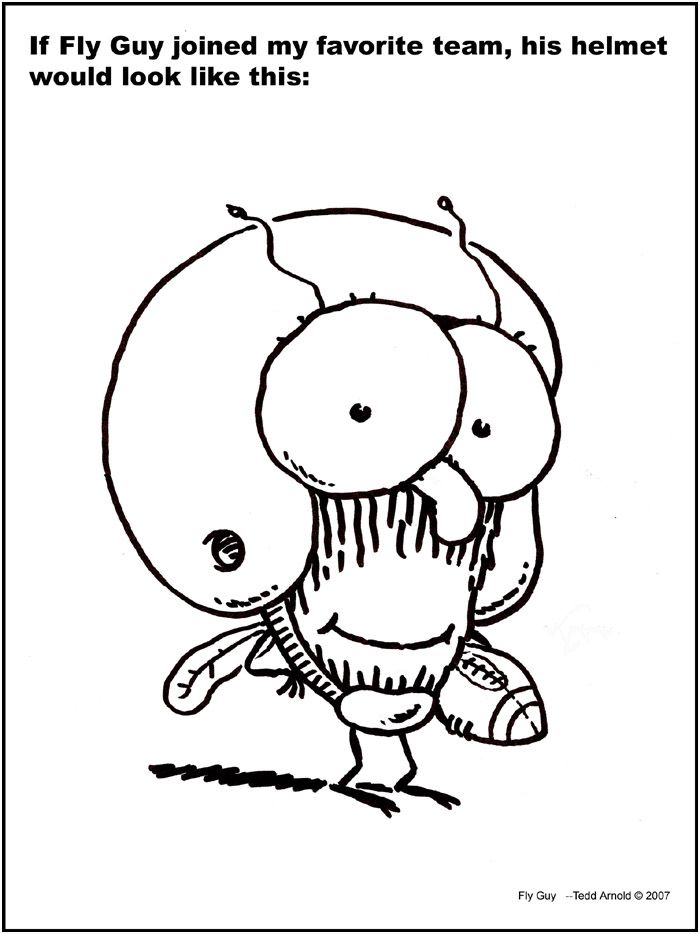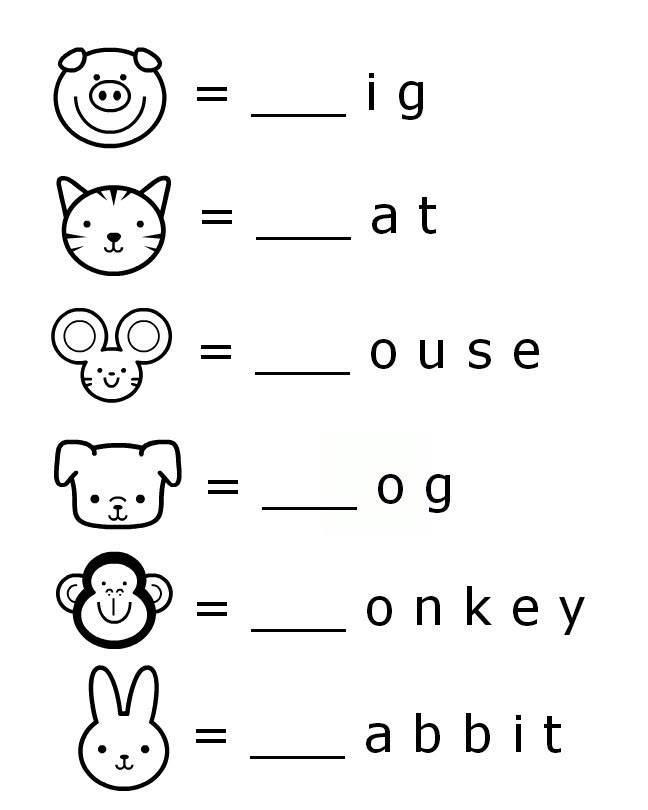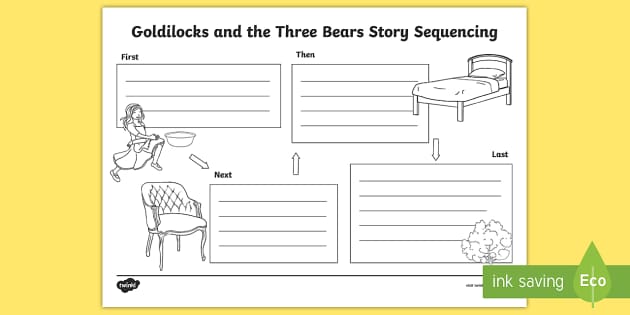Teach your children to be kind
Don't Let Your Kid be a Bully. 6 Ways to Teach Kindness
As parents we make sure our children learn how to read and write – and yet we often assume children will naturally develop skills like kindness and empathy.
You wouldn’t think that you need to be teaching your kid to be kind – but, Like reading and writing –
Emotional intelligence doesn’t come naturally to all children.
Some children miss the subtle signs that they are upsetting those around them. Some children have a hard time putting themselves in other people’s shoes. Some children have a hard time knowing how to be kind.
So, how do you help teach your kids to be kind and not turn into a bully?
There are some easy steps to build empathy and kindness in your children.
1. Model kind behavior.
Do you make fun of strangers? Do you talk bad about your relatives or friends when they aren’t there? Do you treat your spouse, pets or even kids in a degrading fashion some times?
The apple doesn’t fall far from the tree. If you tell your child to be kind, but you are modeling negative, unkind behavior – your words will have little impact on their behavior. Children do as they see – not as you tell them to do. Be a wonderful role model for your child.
Show your child respect when redirecting them or disciplining them. Speak to your spouse with kindness. Your children will learn from your example.
2. Highlight people’s emotions around you.
If your child has a hard time reading social cues, practice a game I like to call “Guess the Feeling.” Sit at a park or a mall and watch people. If you love people watching – this game shouldn’t be too hard.
Find someone showing an extreme emotion – such as excitement, sadness or anger. Ask your child, “What do you think they’re feeling?” Ask them to make up a story about what may be happening.
This helps children identify non-verbal clues as to how others feel and helps them put meaning behind emotions.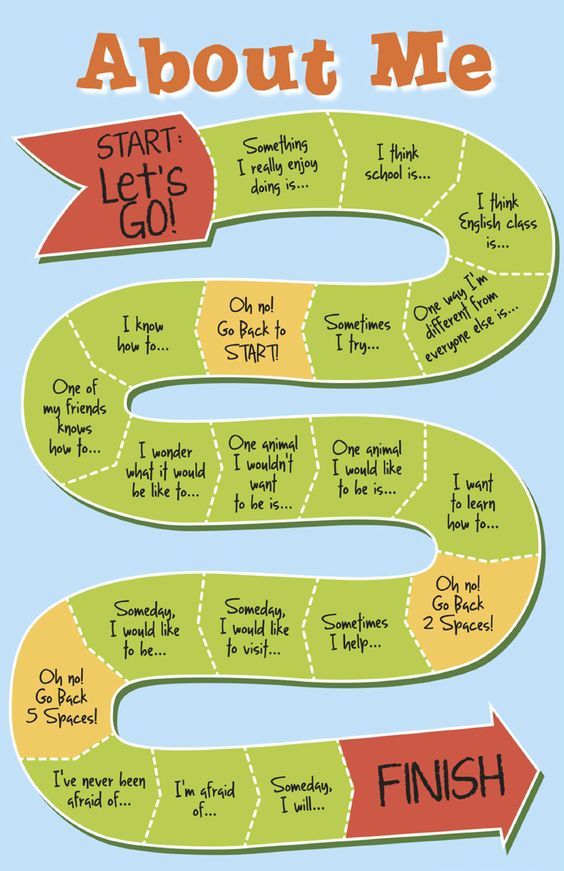
3. Reassess how you tease your children – is it demeaning, taunting or degrading?
Some families love to tease each other, but some children can’t take intense teasing. Some parents do not think their teasing is cruel – but if your child reacts by crying and storming off – chances are they are feeling degraded.
Would you want your child to make fun of peers the way you are making fun of them? Some parents might think they are just “toughening up” their children or being playful, but kids will often take it out on their peers.
Children learn how to be playful by the tone their family sets. If mean spirited taunting is acceptable at home – then children will think it is acceptable elsewhere.
4. Point out how their behavior affects those around them.
When your child’s behavior is affecting those around them – point it out. Let your child know how they are affecting others without shaming them.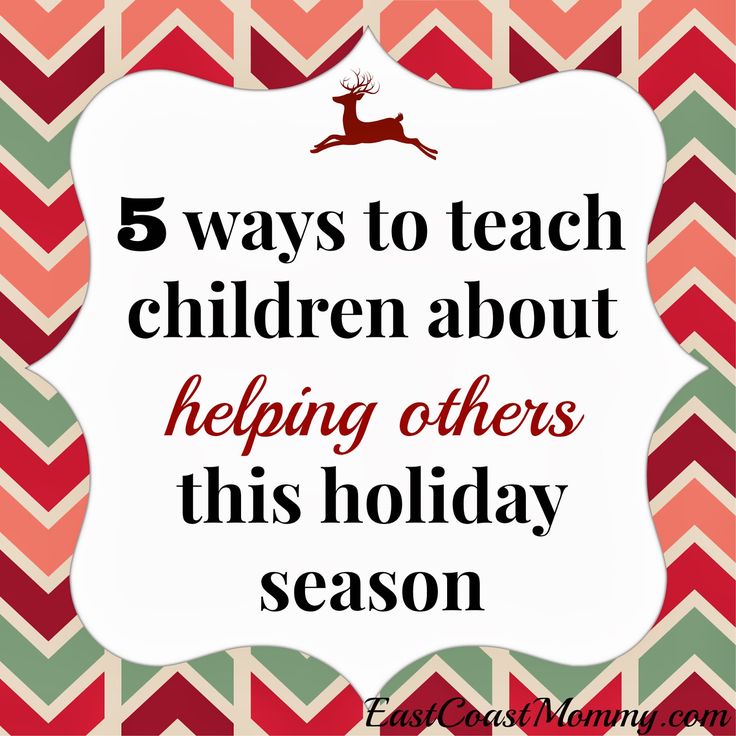
An example might be something like, “You hit her and now she is so sad. Look at that red mark you left on her face. You wouldn’t want her to put a red mark on your face. I would be very upset with her if she hurt you. I love you both and don’t want either of you hurt.”
5. Teach your children the joys of helping others.
Be an example for your children and help strangers, friends and family. Let them know that it feels good to help others – even if you get nothing back. Set up opportunities for you to help others as a family.
Teach your child that even small acts of kindness go along way. Express to your child why you are holding the door for another person, letting someone get in front of you in traffic or helping someone when their hands are full. Explain that it is nice to be helpful, even if the person doesn’t say thank you or appreciate it. You should give to give – not give to get.
6. Do not let your children talk to you in a rude fashion.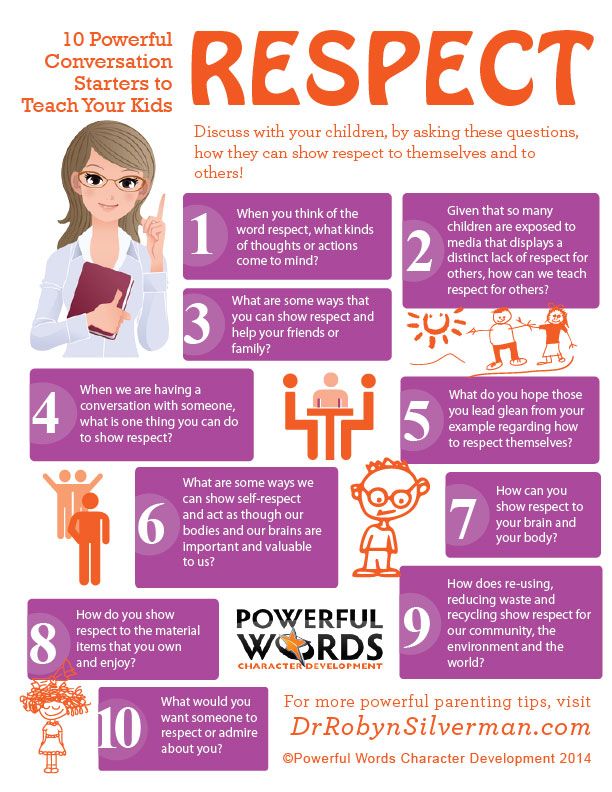
If you allow your child to talk rudely to you – they might think it is acceptable to talk to others that way as well. Kindness starts at home.
There are ways to correct your child’s tone and improve their manners without being punitive. Read my article 4 Tips to Get your Kids to Talk Nicely to You – Without Correcting Them.
Most of us would be shocked if we heard our children were treating others unkindly. But, If we don’t teach these skills to our children – we may not be helping them be the best person they can be.
For more articles on teaching your child kindness – follow Anxious Toddlers Pinterest board Toddler Empathy:
Follow Anxious Toddlers’s board TODDLER empathy on Pinterest.
Other books on teaching kindness:
What is Kindness for Kids
| What is kindness for kids | Development of kindness | Why kindness is important | How to teach kindness to kids |
“Share your toys” is something we have been teaching our kids since the very first time they played with other children.
Kindness and compassion are vital in the development of young children’s social competence and socio emotional skills1.
What is kindness for kids – Definition
Being kind is an intentional act that benefits others for its own sake when one is not required to do so. It is generally regarded as a virtue. A kind person shows a genuine, deep, and selfless concern for people without expecting anything in return.
Dr. Malti at the University of Toronto believes that there are three components in the practice of kindness – kind emotions, kind cognitions, and kind behaviors2.
Kind emotions include sympathy, empathy, respect, guilt for wrongdoing, and pride for acting ethically3.
Kind cognitions come from understanding how the act of kindness affects others and ourselves.
Kind actions are the acts of prosocial behavior as simple as giving a helping hand, cooperating, or comforting another, or as complex as sharing with others or including the discriminated.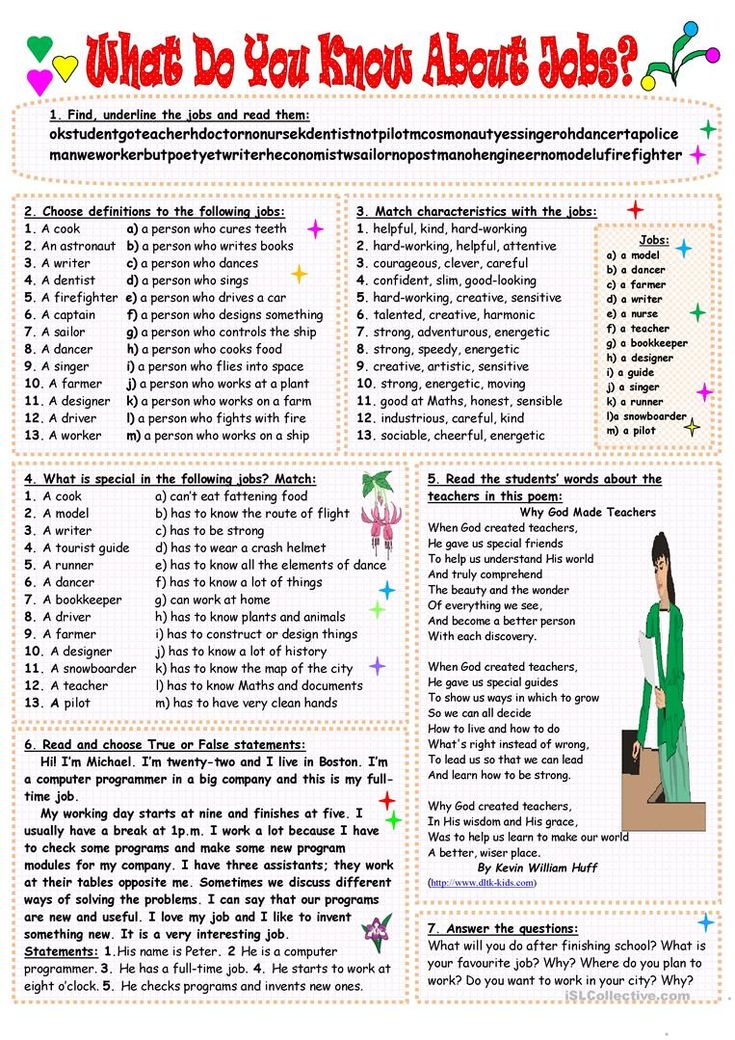
The more these three elements are incorporated into daily life activities, the more transformational power they have. For example, the more kind emotions we feel internally, the more likely we are to show kind act accordingly.
The development of kindness in children
Kindness may not be understood by young children as it is by adults. It is conceptualized differently at different ages due to different cognitive understanding.
Children at certain ages may articulate consistent, rational reasons for judging kindness differently. When they are young, kindness is likely measured in terms of the consequences, whereas older children consider the intentions of the person who performs the act4.
Kindness does not develop in a homogeneous, linear fashion. Between the ages of 5 and 7, children shift to judge kindness in adult-like ways5.
Empathy, the vicarious sharing of the emotions of others, is one of the main kind emotions that motivate kind behaviors6.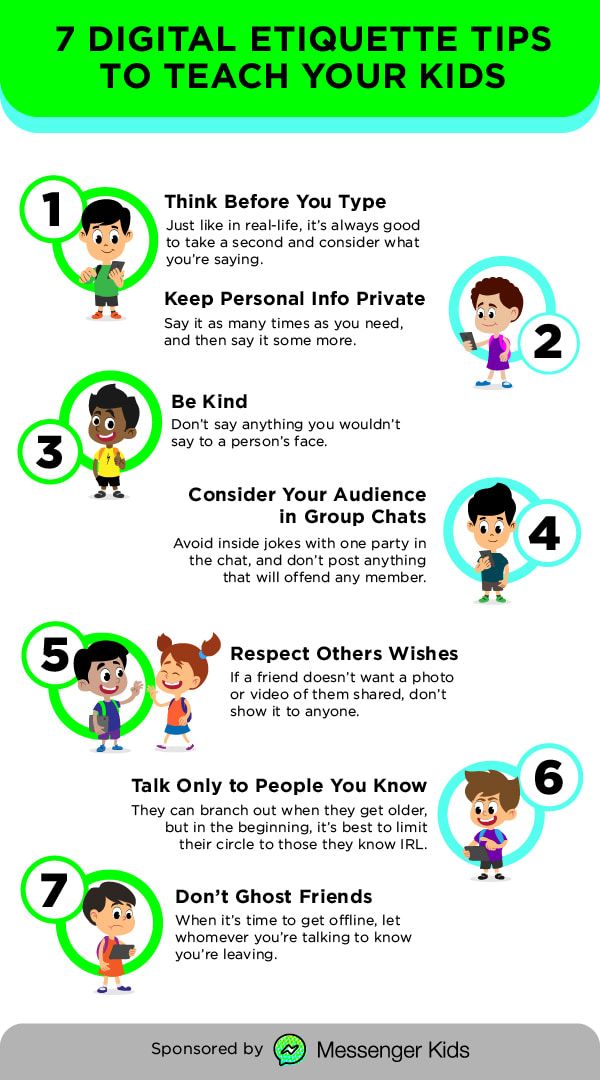 The development of empathy then follows in older kids from middle childhood to early adolescence7.
The development of empathy then follows in older kids from middle childhood to early adolescence7.
Why kindness is important
Make the world a better place
Kindness has been conceptualized as a virtue and value in both Western and Eastern philosophical traditions.
In a world where people are increasingly more divided than ever, being kind, whenever possible, can help make the world a better place.
Peace and harmony
Doing kind things is not only the foundation of a decent society, but is also an important antidote to violence. It contributes to tolerance and peace in the world.
The Dalai Lama believes that kindness promotes open communication and meaningful dialogue that can maintain or create harmonious relationships between people and nations8.
Contributes to happiness
Being kind is beneficial to both the recipients and the actors.
Whether it is supporting others emotionally on a bad day, helping with chores, or including others, random acts of kindness makes us feel good9.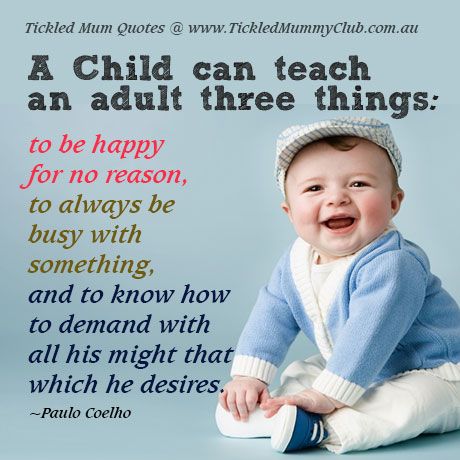
Doing good deeds can be personally rewarding in addition to reducing social ills.
Less stress and better wellbeing
Better physical and mental health is also one of the benefits of kindness. There is a correlation between kindness, and lowered stress and negative feelings.
Small acts of kindness increases one’s sense of well-being, positive emotions, feeling of interconnectedness, inner peace, and sense of purpose. Kind people tend to be self-accepting, act mindful, and develop positive relationships10.
Improved child development
Child kindness is particularly beneficial. Caring acts significantly improve children’s prosocial skills and their relationships with others11.
In a 4-week study, students aged 9 to 11 were instructed to perform three acts of kindness per week. Those kind children showed significant improvement in social skills as evidenced by an increase in peer acceptance12.
Being considerate to others is also correlated with academic achievement.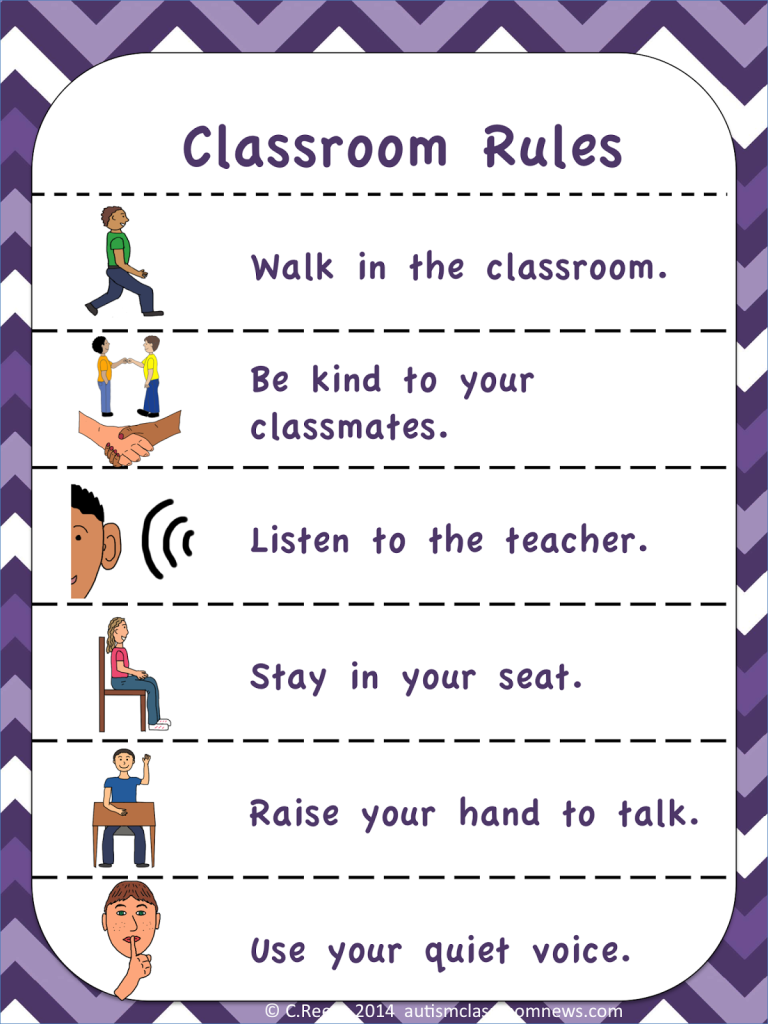
How to teach kindness to kids
Developing kindness and compassion for others is an integral part of young children’s social emotional development.
However, teaching children kindness is not a one-size-fits-all task.
They need to be taught in a developmentally appropriate way that includes both across-age and within-age variation.
1. A home environment filled with kindness
Kindness begins at home. Kind character traits don’t appear spontaneously in children without being exposed to nurturing adults13.
Kids learn by watching the actions of adults. They need to see that their parents live these concepts in their everyday lives rather than just talk about them.
Younger kids learn to be kind by seeing concrete actions and practical ways to do so in real life.
Kindness is also reciprocal. Those who receive kindness are more likely to show it to others14.
Being kind to your child is easier said than done.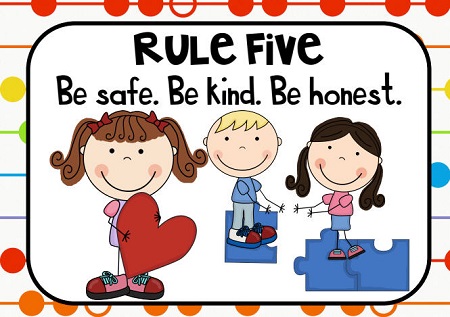
What?!
Crazy idea, right? Why would it be hard to be nice to your kids?
Here’s what i mean…
Is it possible to remain kind to your child if they refuse to do homework after your repeated requests?
Are the consequences you give out for not complying with your commands kind?
If you yell at your child because he keeps ignoring you while playing video games, is that being kind?
See what I mean? Unkind behavior is very common at home.
Parents often feel that they cannot be good parents and nice people at the same time.
But that is not true.
A parent can be kind and firm (or at least not being mean).
If parents truly desire to embody the real meaning of kindness, they must make an effort to remain in the kind zone, even when they don’t feel like it.
A warm, responsive and kind home environment can enhance children’s respect and kindness toward others15.
So, model kindness and be a compassionate parent. It isn’t just lip service; Being kind must be shown in our actions as well.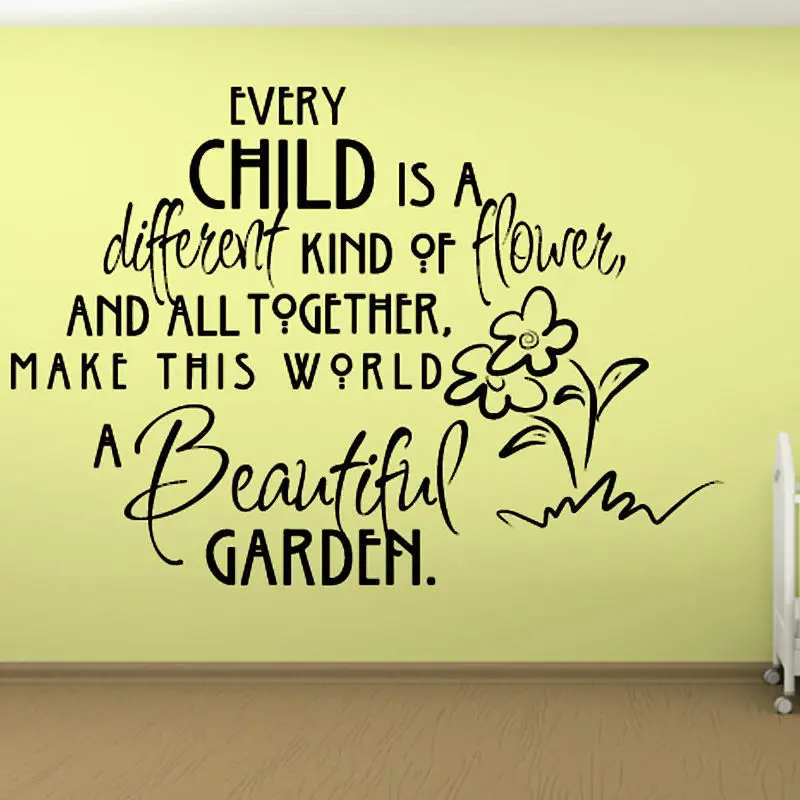
Positive parenting and inductive disciplining can help us discipline while being kind and firm.
2. Teach them empathy
Empathy is the ability to understand, feel, and share another person’s feelings. It is essential for the development of kindness in children.
The best way to help children develop empathy is to be an emotionally attune parent and show our children understanding and empathy.
Let’s return to the homework example. If your child refuses to do their homework, you are frustrated, but so are they. Show empathy and consider their perspective.
Parents often assume their children avoid homework because they are lazy. Research shows that being lazy is not the most common reason why students struggle with homework or school performance.
When you show empathy, you are demonstrating how to be kind even when you are frustrated, you don’t have to be mean or harsh.
Using kind words and modeling being kind even when you don’t feel like it is a great way to teach children the true meaning of kindness.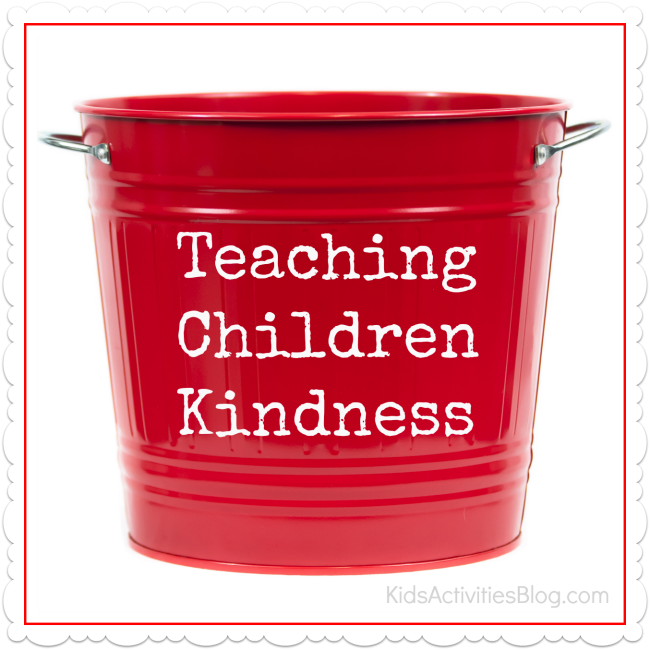
3. Practice and form considerate habits
Encourage children to perform little acts of kindness for others on a regular basis.
These powerful habits can help develop thoughtful kids and compassionate people.
Kind deeds like saying hi to an elderly neighbor, donating old toys, and volunteering at the animal shelter can help children practice kindness and feel good about themselves.
Being caring, helpful, considerate, and doing little things for others can make a big difference in people’s lives.
4. Teach the spirit of kindness
Kindness is a selfless act that should be a clear manifestation of virtue, not a manipulation.
Helping others for the sake of receiving rewards or praises in return does not qualify as genuine kindness.
In early childhood, parents can encourage kids to celebrate kind behaviors such as sharing, helping, comforting, and giving to show that they are valued, acknowledged, and celebrated.
However, rewards should only be used sparingly and unexpected.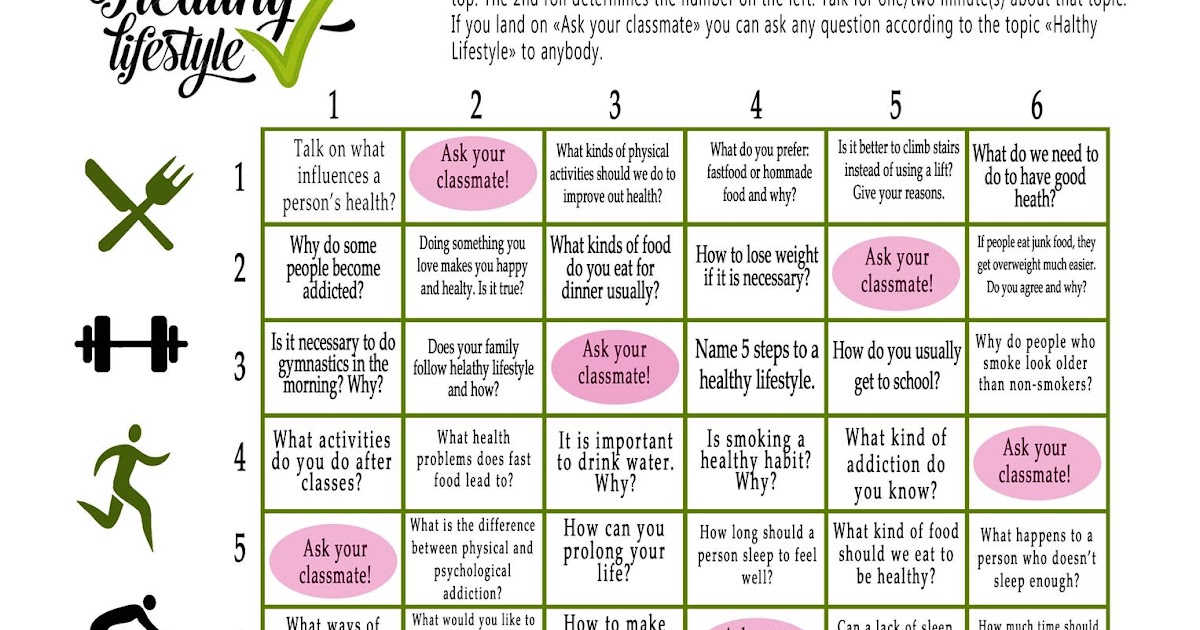
5. Read and discuss literature together
The concept of kindness can be difficult for younger children to comprehend compared to actual behavior and results.
Among the three components of kindness, parents can start with teaching kind behaviors because the understanding of kindness is very concrete and factual for young kids.
Character-development literature16 or picture books17 can help them understand what constitutes kindness and its outcomes. Stories in these children’s books can indirectly shape and instill ethical values. They serve as good starting points for discussions about being good people and doing nice things for others.
Parents can choose books that are age-appropriate and consistent with the moral principles they hold dear.
6. Teach emotional regulation
The ability to self-regulate emotions is essential to kindness. When you’re angry, depressed, or anxious, it’s hard to be nice to others.
To develop a sense of inner strength and kindness, children must be able to regulate their emotions and respond successfully to environmental challenges18.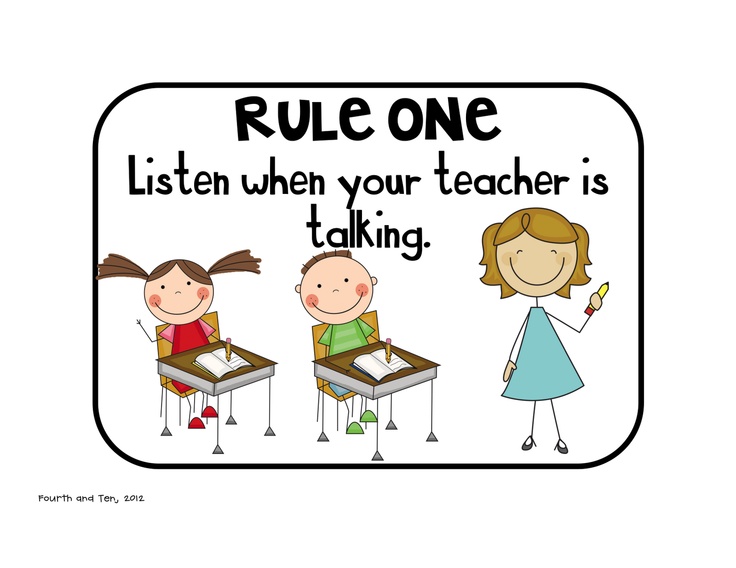
A warm, responsive parenting style is associated with better self-regulatory skills. But if parents are harsh, children will not be able to think about how to be nice to others, one more reason to instill kindness in children using kind-and-firm parenting.
Also See: Kindness Quotes for Kids
References
-
1.
Han HS, Kemple KM. Components of Social Competence and Strategies of Support: Considering What to Teach and How. Early Childhood Educ J. Published online November 30, 2006:241-246. doi:10.1007/s10643-006-0139-2
-
2.
Malti T. Kindness: a perspective from developmental psychology. European Journal of Developmental Psychology. Published online October 28, 2020:629-657. doi:10.1080/17405629.2020.1837617
-
3.
Malti T, Gummerum M, Ongley S, Chaparro M, Nola M, Bae NY. “Who is worthy of my generosity?” Recipient characteristics and the development of children’s sharing.
 International Journal of Behavioral Development. Published online January 29, 2015:31-40. doi:10.1177/0165025414567007
International Journal of Behavioral Development. Published online January 29, 2015:31-40. doi:10.1177/0165025414567007 -
4.
Leahy RL. Development of conceptions of prosocial behavior: Information affecting rewards given for altruism and kindness. Developmental Psychology. Published online January 1979:34-37. doi:10.1037/0012-1649.15.1.34
-
5.
Baldwin CP, Baldwin AL. Children’s Judgments of Kindness. Child Development. Published online March 1970:29. doi:10.2307/1127387
-
6.
de Waal FBM. Putting the Altruism Back into Altruism: The Evolution of Empathy. Annu Rev Psychol. Published online January 1, 2008:279-300. doi:10.1146/annurev.psych.59.103006.093625
-
7.
Zuffianò A, Colasante T, Buchmann M, Malti T. The codevelopment of sympathy and overt aggression from middle childhood to early adolescence. Developmental Psychology. Published online January 2018:98-110. doi:10.
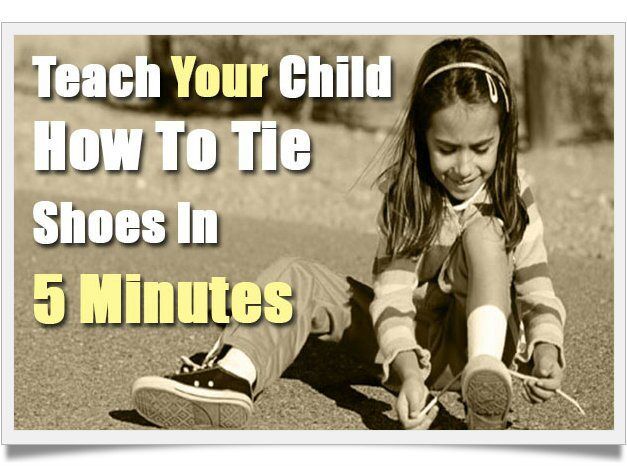 1037/dev0000417
1037/dev0000417 -
8.
Piburn S. Dalai Lama: A Policy of Kindness. Motilal Banarsidass Publ.; 2002.
-
9.
Curry OS, Rowland LA, Van Lissa CJ, Zlotowitz S, McAlaney J, Whitehouse H. Happy to help? A systematic review and meta-analysis of the effects of performing acts of kindness on the well-being of the actor. Journal of Experimental Social Psychology. Published online May 2018:320-329. doi:10.1016/j.jesp.2018.02.014
-
10.
Fredrickson BL, Cohn MA, Coffey KA, Pek J, Finkel SM. Open hearts build lives: Positive emotions, induced through loving-kindness meditation, build consequential personal resources. Journal of Personality and Social Psychology. Published online November 2008:1045-1062. doi:10.1037/a0013262
-
11.
Flook L, Goldberg SB, Pinger L, Davidson RJ. Promoting prosocial behavior and self-regulatory skills in preschool children through a mindfulness-based kindness curriculum.
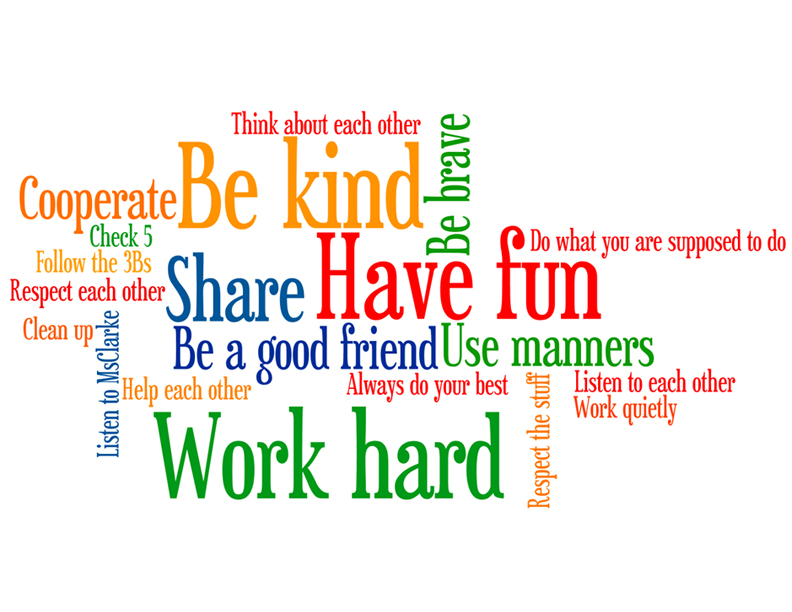 Developmental Psychology. Published online January 2015:44-51. doi:10.1037/a0038256
Developmental Psychology. Published online January 2015:44-51. doi:10.1037/a0038256 -
12.
Layous K, Nelson SK, Oberle E, Schonert-Reichl KA, Lyubomirsky S. Kindness Counts: Prompting Prosocial Behavior in Preadolescents Boosts Peer Acceptance and Well-Being. Krueger F, ed. PLoS ONE. Published online December 26, 2012:e51380. doi:10.1371/journal.pone.0051380
-
13.
Berkowitz MW, Grych JH. Fostering Goodness: teaching parents to facilitate children’s moral development. Journal of Moral Education. Published online September 1998:371-391. doi:10.1080/0305724980270307
-
14.
Dickinson DL. Theory and Decision. Published online 2000:151-177. doi:10.1023/a:1005274316908
-
15.
Malti T, Dys SP. From being nice to being kind: development of prosocial behaviors. Current Opinion in Psychology. Published online April 2018:45-49. doi:10.1016/j.copsyc.2017.07.036
-
16.
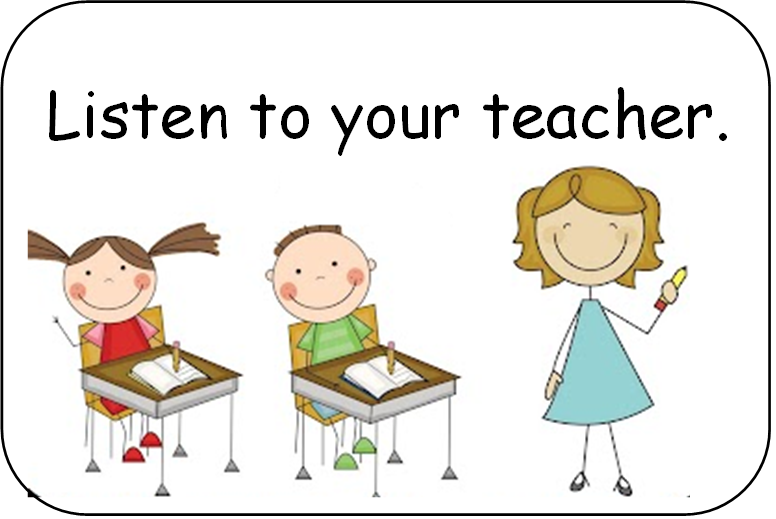
Almerico GM. Building Character through Literacy with Children’s Literature. Research in Higher Education Journal. 2014;26.
-
17.
Retnowati G, Salim RMA, Saleh AY. Effectiveness of Picture Story Books Reading to Increase Kindness in Children Aged 5-6 Years. Lingua Cultura. Published online February 27, 2018:89. doi:10.21512/lc.v12i1.2095
-
18.
Malti T, Chaparro MP, Zuffianò A, Colasante T. School-Based Interventions to Promote Empathy-Related Responding in Children and Adolescents: A Developmental Analysis. Journal of Clinical Child & Adolescent Psychology. Published online February 18, 2016:718-731. doi:10.1080/15374416.2015.1121822
About Pamela Li
Pamela Li is a bestselling author. She is the Founder and Editor-in-Chief of Parenting For Brain. Her educational background is in Electrical Engineering (MS, Stanford University) and Business Management (MBA, Harvard University). Learn more
View all posts by Pamela Li | Website
Teach a child to be kind
- Home
- Teach your child to be kind
Teach your child to be kind
Francis Bacon said, "Of all the virtues and virtues of the soul, the greatest virtue is kindness.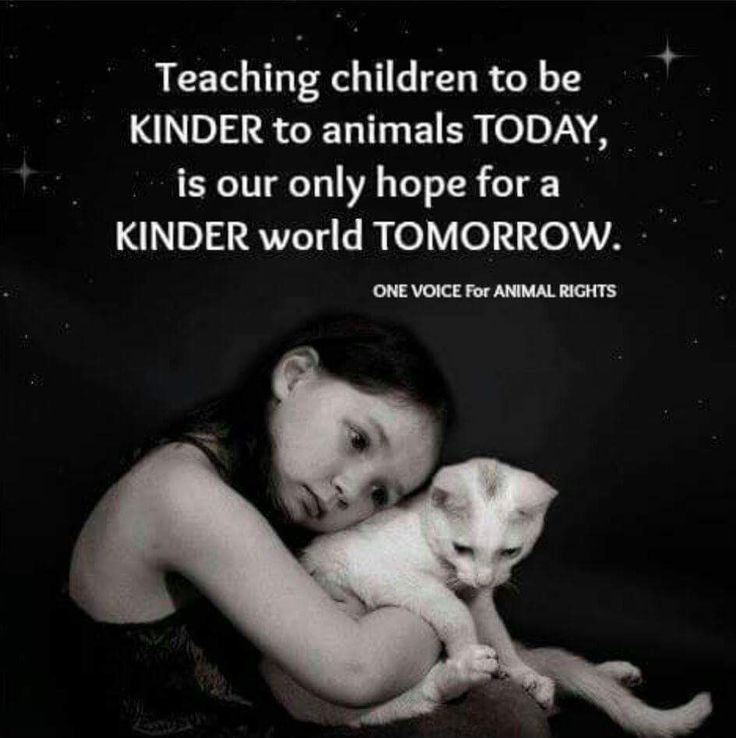 " How to teach a child to be kind?
" How to teach a child to be kind?
Every day, raising our children, we give them a piece of our warmth, a piece of our good heart. It is sometimes difficult for a kid to say “do the right thing”, “do a good deed”. Children at a young age do not do what their parents verbally teach, but what their parents do themselves. Therefore, we adults need to become a "standard of kindness" for our child. nine0011
- Be an ideal example of kindness, empathy, understanding and generosity for your child. Pick up garbage on the street and throw it in the bins, accustoming the child to the same. Plant flowers near the entrance, and let the baby learn to care for them.
- Teach your child generosity, inspire that you need to share with people.
- Help homeless animals. Feed them regularly, find them a shelter or a family. Get a pet and let the baby take care of it. nine0004
- Watch Soviet cartoons and fairy tales with your child, they contain great wisdom.
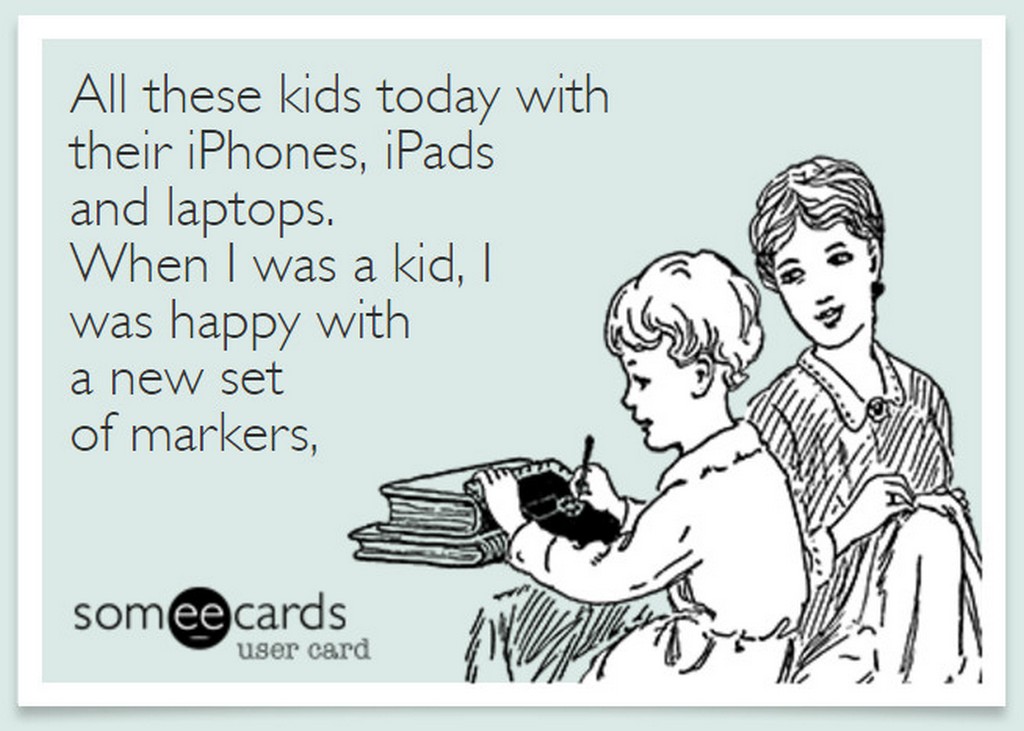 Try to compose fairy tales yourself and do not be lazy to tell him before going to bed.
Try to compose fairy tales yourself and do not be lazy to tell him before going to bed. - Use proverbs and sayings about kindness in your speech.
- Teach your child to be kind to the elderly.
- Raise kindness in children through love for animals and nature. Teach to do good deeds and deeds by setting an example.
Activities that teach kindness to your child
To teach kindness to preschool children, you can incorporate certain activities into your child's daily routine. Consider some of them:
- invite your child to do something nice for the kindergarten teacher. Let him draw a picture for him or bring him some treat;
- donate toys your child no longer plays with to charity. Explain to the child that this can help other children who are less fortunate in this life; nine0004
- on the way to kindergarten, invite your child to smile at five people you meet along the way;
- Invite your child to invite all their friends to play.
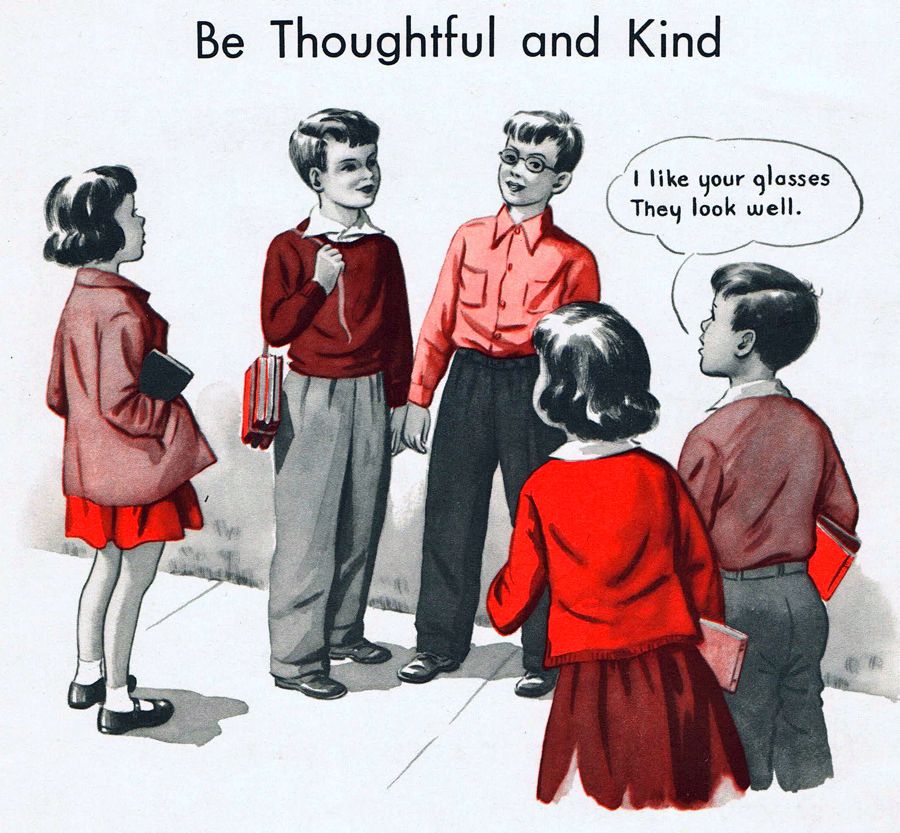 When someone is not taken to play, this is bad;
When someone is not taken to play, this is bad; - if you have two children, invite them to take turns choosing a movie to watch together in the evening;
- have your child draw a picture for grandparents and mail it to them;
- Encourage your child when he helps you around the house. Choose activities for him according to his age; nine0004
- explain to the child why it is important to say the words "thank you" and "please";
- when you see that someone is doing well, draw the child's attention to this;
- Invite your child to share their favorite toy with a friend.
The best way to teach a child kindness is a good example of parents. When you are kind to your friends, family, and strangers, they will learn from you.
- nine0033
- Eduard Uspensky "Fur boarding school" (Kid, 2019). A funny and touching story about a girl, Lyusya Bryukina, who unexpectedly turned out to be a teacher for a whole class of cute animals. Illustrations by Victor Chizhikov. nine0004
- Jutta Langreuther "It's better at home!" (Polyandria, 2013). A tender tale about love and the indispensability of a mother.
- Sam McBratney "Do you know how much I love you?" (Pink giraffe, 2019). How to explain what love is? Try to find the answer.
- "Girl and Fox" (France, 2007).
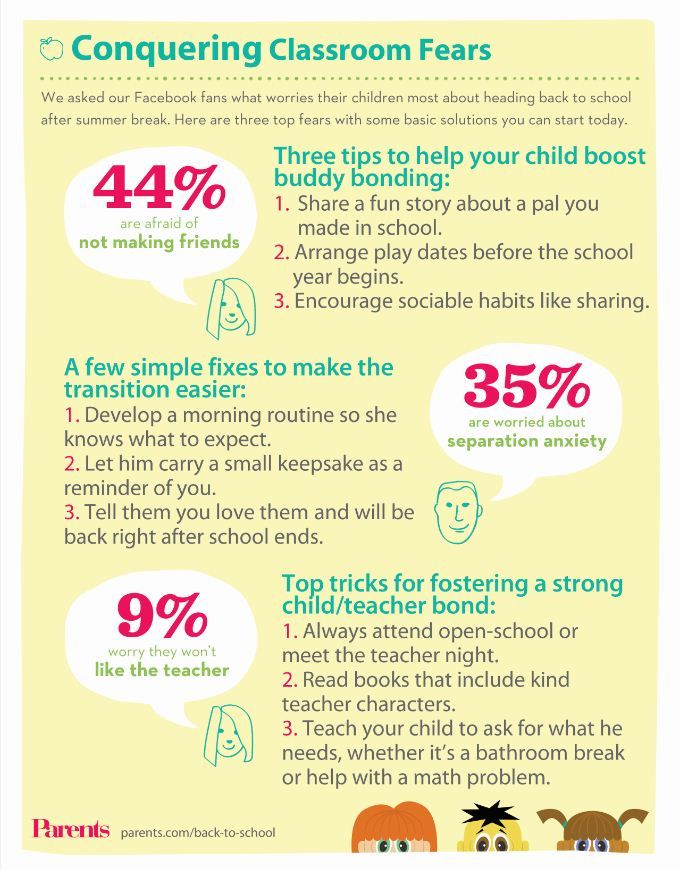 A film about what can be sacrificed for the sake of love and friendship.
A film about what can be sacrificed for the sake of love and friendship. - Dolphin Story (Canada, USA, 2011). Dolphins are clearly smarter than humans. They can teach compassion, perseverance, and optimism.
- “We bought a zoo” (USA, 2011). Buy a zoo and save the animals. Or will they save you? nine0004
- Paddington Adventures (UK, France, USA, 2014). The teddy bear turns out to be a beloved member of the family and gets everyone involved in unexpected challenges.
Psychologist of the Department of Social Rehabilitation of the Disabled
Gagarina Zh.A.
We want our children to be kind.
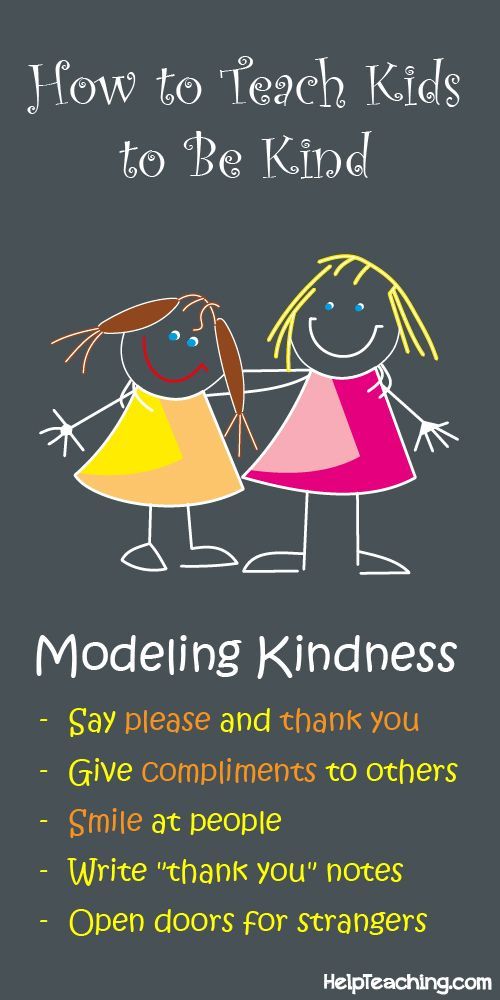 Can they be taught this?
Can they be taught this? If parents really appreciate kindness in people, there are many ways to bring it up in a child
November 13 is World Kindness Day in many countries. The participants of the holiday call on all the inhabitants of the planet to do some good deed on this day. But is it possible to make it so that doing good becomes a habit, and we do good deeds every day, and not just once a year? There are several ways to become kinder yourself and teach your children to do the same. nine0090
A person's character is formed before the age of 5, according to psychologists. It is good if before this age adults managed to lay the foundations and instill good habits in the child. This also applies to moral qualities. Parents can teach their child not only to brush their teeth, dress themselves, read and count confidently, but also to be kind! Kindness is not only a character trait, often innate from birth, but also a habit of behaving and treating others kindly, which can be instilled in a child in childhood and developed later throughout life.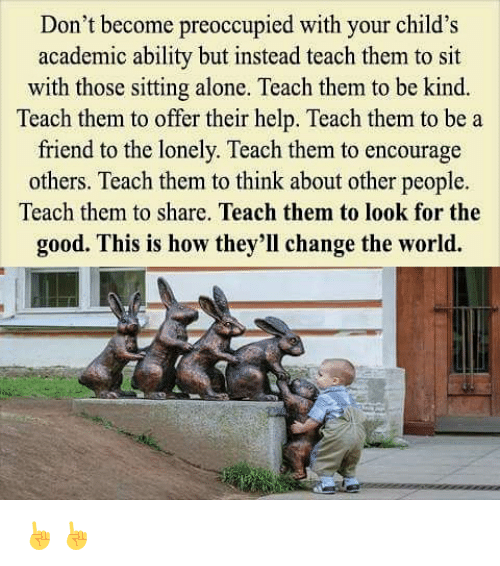 nine0011
nine0011
How to show a child what kindness is, what actions we consider good and why? Recall 10 affordable ways to make acts of kindness a natural part of your children's lives.
1. Be an example. No common truths will be learned if the child does not see their application in practice. The brain of a small child is set to imitate. Children reproduce in behavior only those models that they see in front of them. You must be an example if you want your child to be kind to himself and others. The most valuable observation for a baby is to see how mom or dad helps a stranger on the street, in a store, in transport. nine0011
2. Don't be afraid to talk to a stranger. You can always exchange a couple of kind words with a salesperson in a store, with fellow travelers on a bus, with strangers who find themselves next to you in some general situation. Treat them kindly, like old friends. Communicate freely and with a smile.
3. Show love and affection towards your loved ones.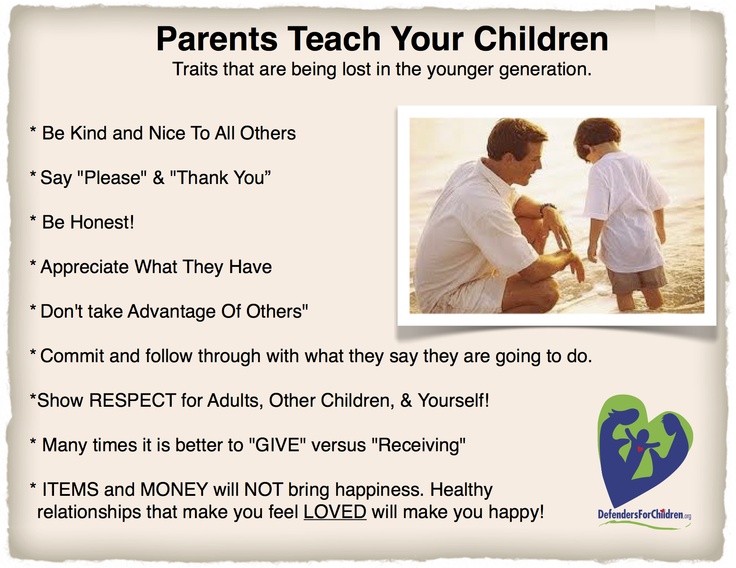 Hug, kiss each other and the child more often, prepare pleasant surprises, say kind words, and then the children will begin to behave in the same way. A child raised in a warm, welcoming environment learns empathy faster. nine0011
Hug, kiss each other and the child more often, prepare pleasant surprises, say kind words, and then the children will begin to behave in the same way. A child raised in a warm, welcoming environment learns empathy faster. nine0011
4. Read books and watch movies about kindness. Discuss what you see and hear with your child. Talk about what is good and what is bad. Such shared moments teach children to understand situations and people.
5. Teach the children to help each other. And not only in some acute situation, when help to another is urgently needed. It will be great if the child learns to show his participation in everyday things. Teach your child various useful skills that he could share with others. You will teach him how to make Easter cakes, and he will show how it is done to other children on the playground. nine0011
6. Pay attention to your baby's actions. Every person is pleased when he is appreciated, and especially a child.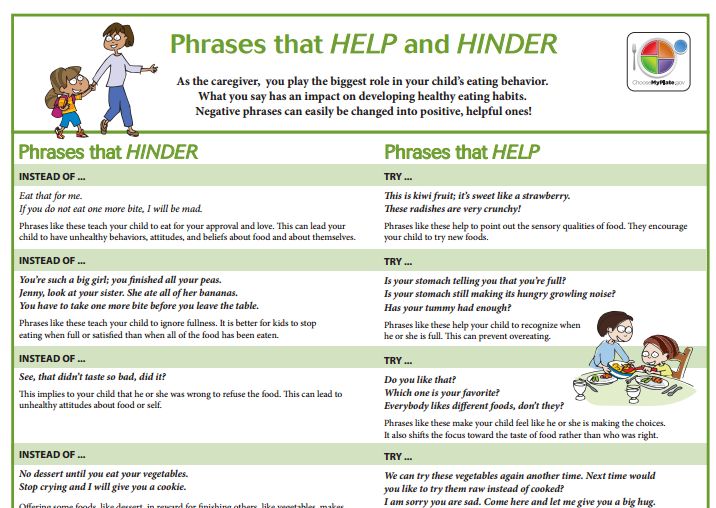 The kid really wants his parents to celebrate his achievements and good impulses and be proud of him! This not only gives pleasure, but also helps to build a system of reference points. Children love to analyze and reflect. If a child does a good deed and receives feedback, after a while he will definitely want to repeat this action again. So good deeds will gradually become a habit. nine0011
The kid really wants his parents to celebrate his achievements and good impulses and be proud of him! This not only gives pleasure, but also helps to build a system of reference points. Children love to analyze and reflect. If a child does a good deed and receives feedback, after a while he will definitely want to repeat this action again. So good deeds will gradually become a habit. nine0011
7. Explain your actions. When you say, "I'm staying at a friend's tonight," be sure to add "because she asked me to babysit her little daughter while no one was home." Children need to understand why you act this way and not otherwise.
8. Tell your child about volunteering. Explain who volunteers are and why they help others for free. Together with your child, you can clean up garbage in the park, feed homeless animals. Invite your child to donate some of their toys to the orphanage. If you help charities or participate in volunteer projects, explain to your child why this is important to you and what your help is about.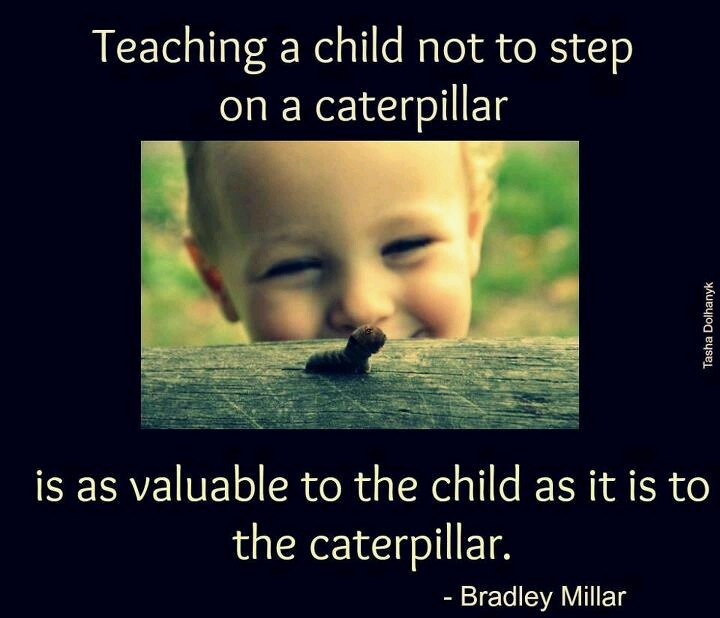 nine0011
nine0011
9. Come up with a reward system. For example, earning cotton balls! It's extremely simple, but very effective. Put in a prominent place (for example, in the kitchen) a jar in which the child will put cotton balls “earned” for good deeds and deeds. Balls are not issued for the performance of any duties or for housework.
The child receives them only when he does something that he was not asked to do, something pleasant and unexpected. Usually this process turns into an exciting game. nine0011
What can I give a balloon for? If one child spills their food/drink and another helps clean up (without asking!). If the parent needs to bring something, and the children will follow him to help (without asking). If children do or say kind things to each other or to someone else.
The reward for collected marbles must not be material. It is better to organize some kind of fun event. Go bowling with dad, or go to the movies with mom, or maybe just a sleepover party in the parent's bedroom on the floor in sleeping bags! nine0011
Cotton balls can be taken back as a punishment: for example, if a child has been rude or aggressive towards another person.